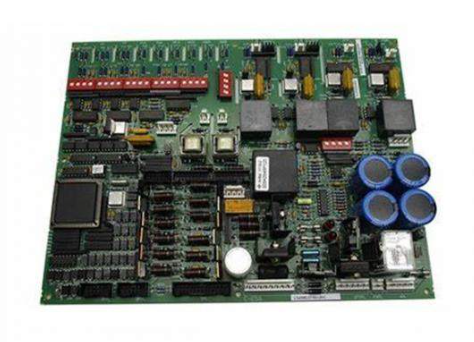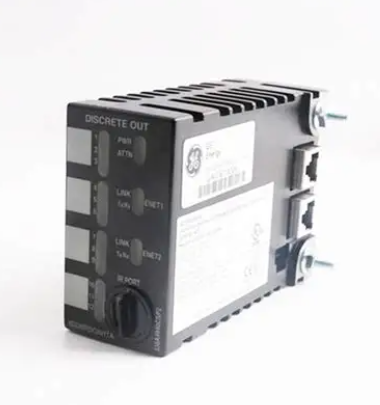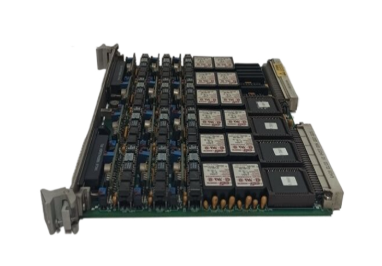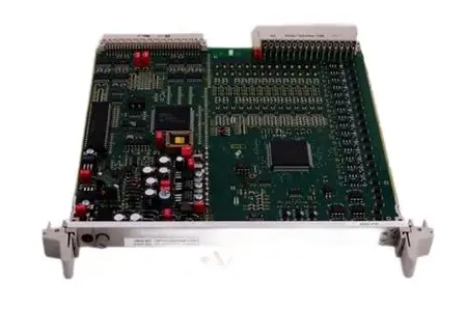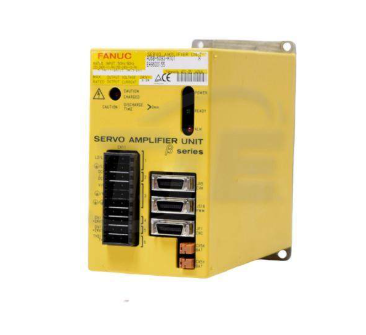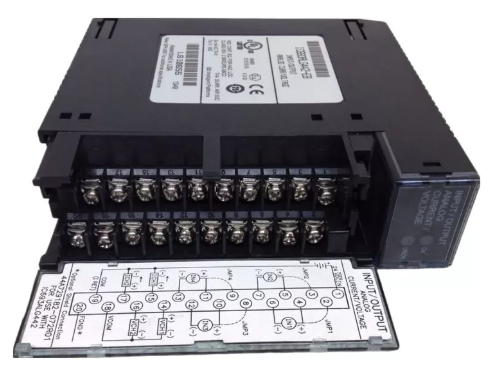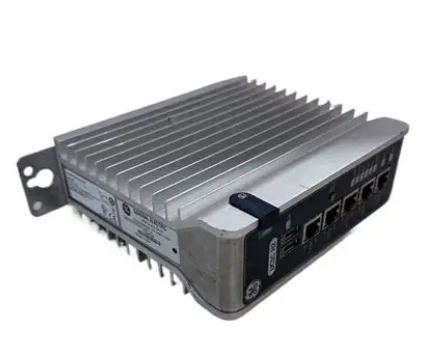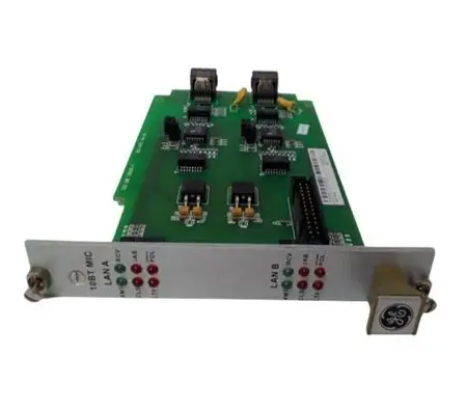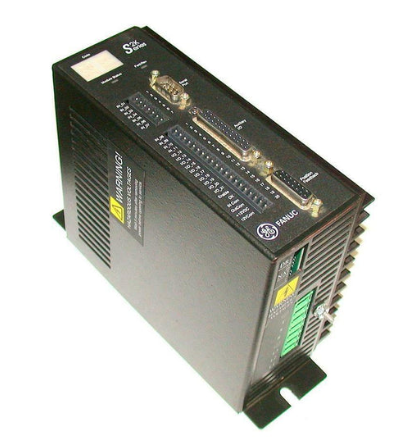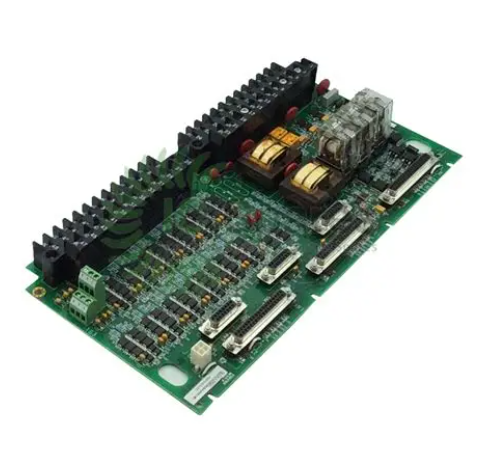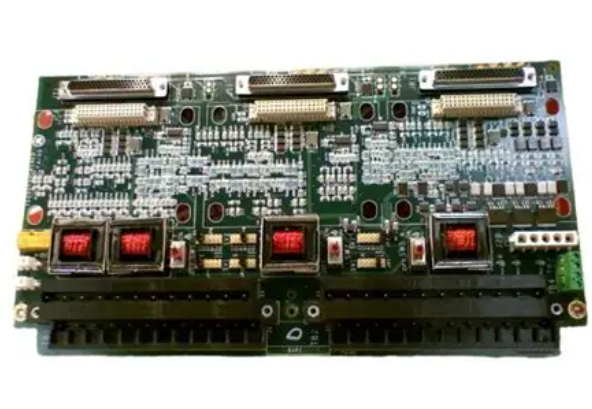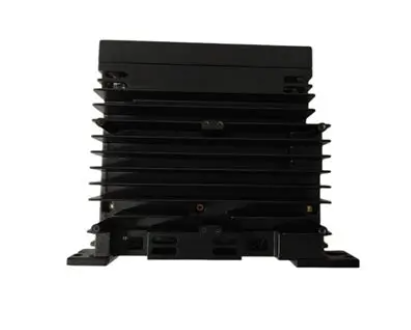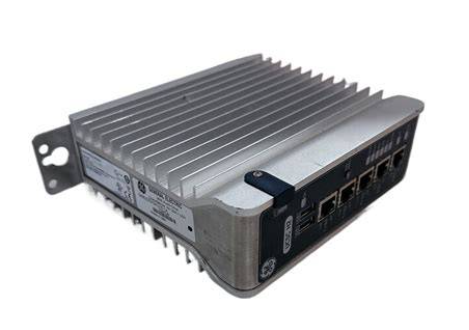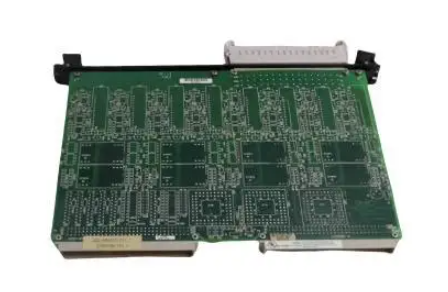The relationship between new power system and new energy system from energy-carbon-number perspective
■■ Energy perspective - New power systems are
A key platform for the optimal allocation of resources in new energy systems
Electricity is the most convenient and efficient use of renewable energy. In order to effectively respond to global climate change and achieve sustainable energy development, renewable energy will gradually become the main primary energy in the future. Wind, light and other renewable energy has low energy density, dispersed resources, volatility and intermittency, and it is the most convenient and efficient way to convert into high-quality electric energy. The proportion of electricity in the future clean and low-carbon energy system will increase significantly.
Electricity is the most important form of energy consumption. The steady improvement of the economy and the continuous improvement of people's living standards provide a strong driving force for the growth of electricity demand. At the same time, with the acceleration of the electrification process, the level of terminal energy use in the three major fields of industry, construction and transportation will be greatly improved. In addition, the development of electric hydrogen production technology and industry can further increase the potential of electricity consumption and promote the continuous and steady growth of electricity demand.
Electricity is the core of multi-energy complementary energy system. The complementary operation of multiple energy sources, such as heat and electricity, will provide more flexibility and higher utilization efficiency for the energy system. The core of a multi-energy complementary energy system is to coordinate the energy needs of electricity, heat, cold, gas and hydrogen, leverage the combined advantages of wind, solar, hydro, coal and natural gas, and improve the comprehensive efficiency of energy utilization.
Electric power is the hub that leads the optimal allocation of energy resources. China's eastern, central and southern regions account for about 70% of the electricity demand, is the energy consumption center, but 70% of the hydraulic resources are concentrated in Sichuan, Yunnan, Tibet and other southwest regions, more than 80% of onshore wind and solar energy resources are distributed in the northern western region, the economy and energy there is reverse distribution. Through safe and reliable UHV transmission and transformation lines, the power is connected to the southwest hydropower base, the new energy base in the northern part of the west and the load center in the central and southern parts of the east, promoting the coordinated development of the transmission end, improving the ability to optimize the allocation of energy resources, and playing a core hub role. It is expected that by 2025, the west-east power transmission capacity will reach more than 360 million kilowatts.

■■ Carbon perspective - The new power system is
The new energy system is the key to energy conservation, emission reduction and low-carbon development
Low-carbon power supports the development of non-fossil energy. The new power system has the ability to absorb and control non-fossil energy efficiently. The construction of a new power system is conducive to accelerating the clean substitution of energy production links, promoting the development of wind, solar, biomass, ocean and geothermal energy, promoting the green development of hydropower, promoting the safe and orderly development of nuclear power, and promoting the rational use of biomass energy. We will accelerate the large-scale application of pumped energy storage and new types of energy storage, and coordinate the development of the whole chain of hydrogen energy production, storage, and transportation, so as to achieve clean energy supply.
Low-carbon power supports clean energy consumption. Driven by the low-carbon power, the reliable support capacity of new energy is improved, and the traditional fossil energy is gradually replaced. Coal power has gradually turned into a supportive and adjustable power source, and the energy-saving upgrading and flexibility transformation of existing coal power units have been accelerated, which has accelerated the pace of coal consumption reduction. In the field of terminal energy consumption, through the clean and cost advantages of electric energy to promote the electrification rate, replace the energy consumption mode of loose burning coal and oil; In areas where electrification is not possible, green hydrogen and biomass fuels made from electrolysis are used to achieve zero carbon emissions in heavy-duty transportation, some air shipping and chemical industries.
Low-carbon electricity drives the development of green and low-carbon technologies. The low-carbon development of the power system has led to innovative breakthroughs and large-scale applications of low-carbon technologies such as new energy, efficient use of fossil energy, carbon capture and storage. In the energy production process, the fossil energy retained due to factors such as security of energy supply and flexible adjustment of demand in the system can be removed by carbon capture and storage technology. In the energy consumption link, due to the production process, raw material requirements, power demand and other factors can not be carried out in the field of electric energy, hydrogen energy replacement, carbon capture can be used to achieve zero carbon emissions.
Low-carbon power to promote the development of energy conservation and efficiency services. With the gradual improvement of the electricity market and market mechanisms such as green electricity and green certificates, the market-oriented electricity price formation mechanism will also be gradually established and improved, and end users will be more sensitive to energy use types, energy use periods, energy efficiency, green attributes, etc., and the demand for energy saving and efficiency services will increase. We will promote the development and growth of industries such as energy conservation and environmental protection, clean production, clean energy, ecological environment, and green upgrading of infrastructure. We will promote the development of new business forms and models such as energy-saving diagnosis, energy-saving renovation and design, energy hosting, and load aggregation, and promote the improvement of the energy efficiency of new infrastructure.

■■ Digital perspective - The new power system is
An important engine for the digital transformation of new energy systems
Electric power digitization supports multi-function collaboration and complementarity. The premise of multi-energy collaboration is to fully grasp the operating status and regulatory characteristics of different energy categories. By using micro-sensors and iot networks in the power system, real-time operation data collection of various energy equipment can be realized, and comprehensive modeling analysis, online state estimation and energy flow analysis covering various energy sources such as electricity, heat, cold and gas can be realized. Give full play to the characteristics of different energy varieties and realize complementary advantages, and improve the comprehensive utilization efficiency of energy.
The digitalization of electricity supports the interaction of energy production, supply, storage and marketing. In the production link, centralized and distributed simultaneously is the basic principle of current energy development, and the digitized power system will play an important role in the mutual benefit of scenery, water and fire. In the consumption link, the use of digital technology to improve the spatio-temporal adjustment ability of various energy resources is particularly critical. In the transport sector, digital technologies are needed to enhance perception, monitoring and control. For the system as a whole, production and supply coordination, production and marketing interaction and other interactive ways need to be solved through the organic combination of digitalization and marketization.
Power digital support to achieve multi-network integration and interconnection. The integration of various energy networks, transportation networks (vehicle networking), industrial Internet, etc., requires data as a link. Micro-sensing and intelligent terminals can provide flexible, convenient, accurate and efficient edge perception and control capabilities for new energy systems, and form nerve endings covering multi-network fusion and interconnection. The power Internet of Things provides an information aggregation platform for large-scale information access and collection of new energy systems, and provides the basis for multi-network integration and interconnection.

Power digital support energy demand intelligent control. In the future, the proportion of traditional energy gradually decreases, and energy storage can only be used as a means of adjustment on a short time scale, and the adjustment capacity of the system will be difficult to meet the rigid demand on the load side, which will inevitably put forward requirements for flexible adjustment on the demand side, including adjustment on various time scales. By using advanced digital interconnection technology, different types of flexible resources such as platform aggregate energy storage system, controllable load, electric vehicle and distributed new energy can be built to participate in system adjustment, which can realize economic energy use, green energy use and flexible electricity consumption.
Electric power digitization supports statistical accounting of energy carbon emissions. Based on the correlation between the power industry and energy activities, economic production and consumption, the power-energy-carbon analysis model is constructed, and the advantages of power big data such as strong real-time, high accuracy, high resolution and wide collection range can be utilized to achieve accurate analysis and dynamic monitoring of carbon emissions and support the statistical accounting of carbon emissions in the energy field at a full scale.
- EMERSON
- Honeywell
- CTI
- Rolls-Royce
- General Electric
- Woodward
- Yaskawa
- xYCOM
- Motorola
- Siemens
- Rockwell
- ABB
- B&R
- HIMA
- Construction site
- electricity
- Automobile market
- PLC
- DCS
- Motor drivers
- VSD
- Implications
- cement
- CO2
- CEM
- methane
- Artificial intelligence
- Titanic
- Solar energy
- Hydrogen fuel cell
- Hydrogen and fuel cells
- Hydrogen and oxygen fuel cells
- tyre
- Chemical fiber
- dynamo
- corpuscle
- Pulp and paper
- printing
- fossil
- FANUC
- Food and beverage
- Life science
- Sewage treatment
- Personal care
- electricity
- boats
- infrastructure
- Automobile industry
- metallurgy
- Nuclear power generation
- Geothermal power generation
- Water and wastewater
- Infrastructure construction
- Mine hazard
- steel
- papermaking
- Natural gas industry
- Infrastructure construction
- Power and energy
- Rubber and plastic
- Renewable energy
- pharmacy
- mining
- Plastic industry
- Schneider
- Kongsberg
- NI
- Wind energy
- International petroleum
- International new energy network
- gas
- WATLOW
- ProSoft
- SEW
- wind
- ADVANCED
- Reliance
- YOKOGAWA
- TRICONEX
- FOXBORO
- METSO
- MAN
- Advantest
- ADVANCED
- ALSTOM
- Control Wave
- AB
- AMAT
- STUDER
- KONGSBERG
- MOTOROLA
- DANAHER MOTION
- Bently
- Galil
- EATON
- MOLEX
- Triconex
- DEIF
- B&W
- ZYGO
- Aerotech
- DANFOSS
- KOLLMORGEN
- Beijer
- Endress+Hauser
- MOOG
- KB
- Moxa
- Rexroth
- YAMAHA
- Johnson
- Westinghouse
- WAGO
- TOSHIBA
- TEKTRONIX


Email:wang@kongjiangauto.com










































































































